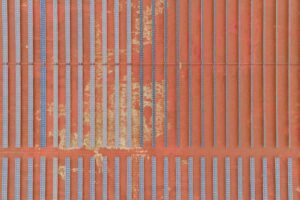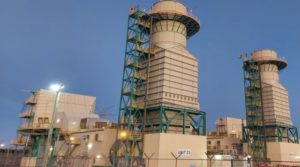Tenax Energy’s plan to power Darwin with tidal energy generated in Clarence Strait has been given another boost this week, after the signing of a memorandum of understanding between Tenax and the Charles Darwin University.
In September, Tenax signed a Memorandum of Understanding with the NT’s Power and Water Corporation to develop a 2MW Pilot Plant and Research and Tropical Tidal Testing Centre, the first steps on the path to a utility-scale generation facility that would deliver renewable power to Darwin.
The new deal this week, however, “is significant from an international perspective”, said Tenax Energy managing director Alan Major, especially in the development of the world’s first tropical zone-focused tidal energy research centre in the Territory’s capital.
“The world’s biggest test site, the European Marine Energy Centre in Scotland, is already at capacity and we see significant opportunity in taking what we learn about the tropical environment here in Darwin to support growth in the sector in Asia.”
Major, who describes the tidal energy sector “as the next big thing,” said that the venture had already received expressions of interest from various Australian and international equipment manufacturers. Leveraging this resource, he said, would contribute to the acceleration “of Darwin’s evolution as a sophisticated, liveable city built around a gateway to Asia, and a regional hub” in tropical tidal energy.”
Located in the Clarence Strait about 60km north-northeast of Darwin, the T3C will be the first of its kind in the Southern Hemisphere, and the first in a tropical environment. The plan is to prove the scale and overall ‘fit’ for tidal energy generation in the NT, including grid integration and cost drivers, and eventually help the NT to achieve its share of the Large-scale Renewable Energy Target (LRET).
The overarching goal, however, is to build experience and gather operational data in situ, by demonstrating technology feasibility at scale, achieving maximum reliability with minimal environmental impact.
The project also hops to create an Asia-Pacific “centre of expertise” in tropical tidal energy – attracting manufacturing partners with commercial-ready technology – while also developing export opportunities.










